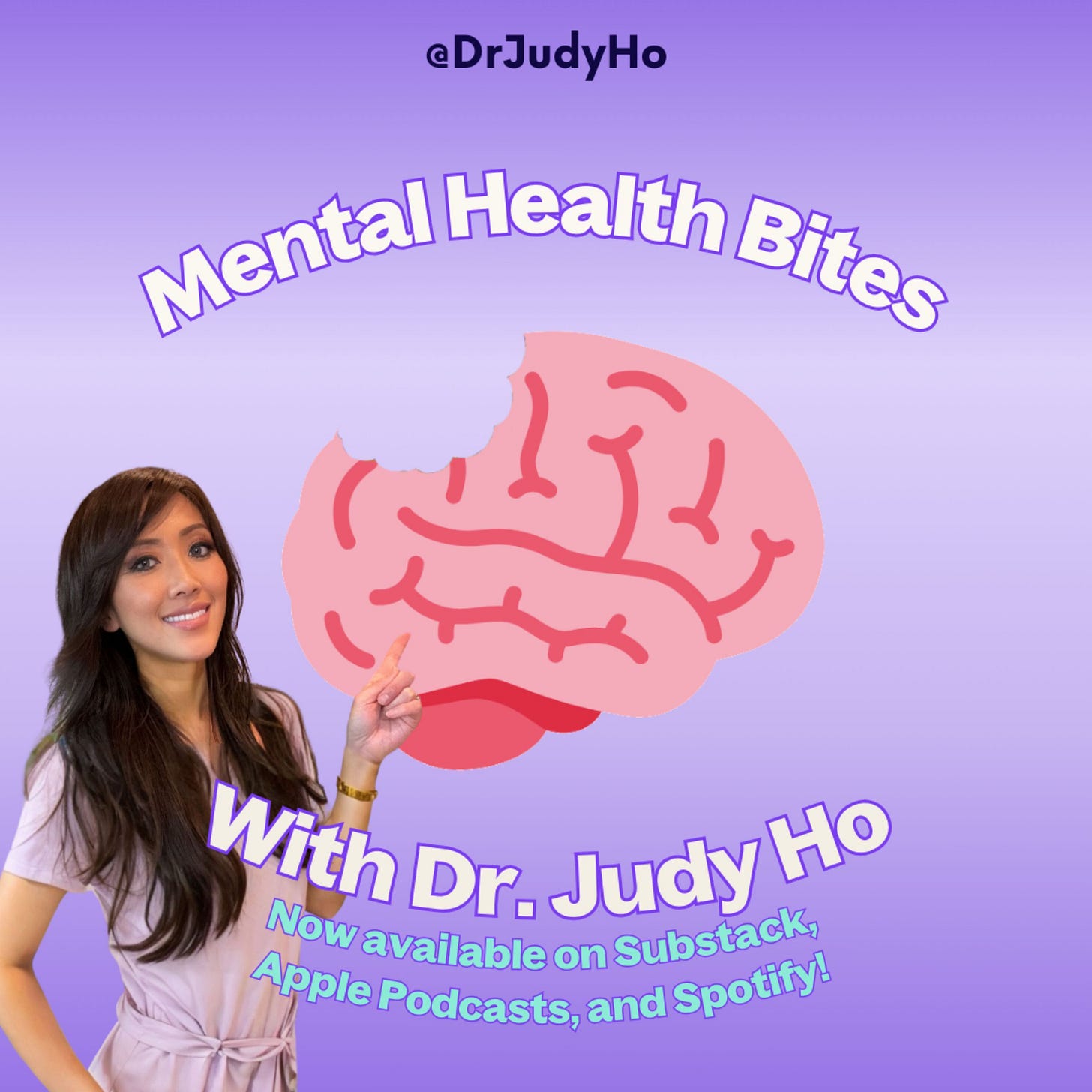Remember Inception?
Now, I’m not going to teach you how to execute a dream heist, but I am going to teach you about lucid dreaming.
Lucid dreaming is essentially when a dreamer becomes aware that they’re dreaming. You may have heard of people saying that they have lucid dreams. But did you know that with some practice, we can all have lucid dreams?
There are a couple of different types of lucid dreams.
When you have a full lucid dream, you have full awareness that you’re in a dream. You’ll have the ability to manipulate the dream environment, characters or narrative. There’s a sense of clarity and vividness that can sometimes surpass waking reality.
When you have a semi-lucid dream, you’ll have some awareness that you’re dreaming, but that awareness will be incomplete or less intense. You might recognize certain elements as part of a dream, but you may not be able to have full control over your actions during the dream.
One of the really interesting things about lucid dreaming is that they have some mental health benefits:
Lucid dreaming has been associated with higher levels of creativity and enhanced creative problem solving, because it involves you consciously interacting with your dream environment. This gives you a unique space to think about ways to get out of a problem because you’re not bound by the laws of physics or constrained to the way you usually think. Lucid dreams can be a safe way to explore creative ideas without consequences. Because you’re in a dream, you can “try out” different options to see what makes the most sense and fits best, and then alter your best idea to be implemented in reality.
Lucid dreams might allow you to delve deeper into thoughts and insights about yourself, which can help promote better mental wellness because you get access to subconscious material that you might otherwise not actually be aware of. During lucid dreaming, people can consciously confront and process difficult emotions in a safe, controlled environment. This can help them deal with unresolved emotional issues, leading to better emotional balance and mental health. Lucid dreaming can serve as an adjunct to exposure therapy, allowing individuals to face fears or anxieties in their dreams and practice coping mechanisms without real-world consequences.
Lucid dreaming allows you to take control of their dreams, which can reduce the anxiety that often stems from feelings of helplessness or lack of control in waking life. For people who suffer from frequent nightmares, particularly those with PTSD or other anxiety disorders, lucid dreaming can be a therapeutic tool. It enables them to consciously alter the narrative of their nightmares, reducing their intensity or transforming them into more neutral or positive experiences.
Lucid dreaming can boost confidence by giving you a sense of mastery over their dream world. This feeling of empowerment can carry over into waking life, helping people feel more capable of handling real-world challenges. For some people, lucid dreaming can provide a platform for spiritual or existential exploration, which can lead to a greater sense of purpose or meaning in life, contributing to overall mental well-being.

If you’re interested in exploring lucid dreaming, here are a few different techniques I recommend.
Technique #1: Reality testing
Reality testing involves regularly checking whether you're awake or dreaming.
The goal of this is to build the habit of questioning your reality, so this habit carries over into your dreams.Remember the top in inception? It’s just like that.
Another common reality check is to try to push one finger through the other hand’s palm or reading a piece of text, looking away, and then reading it again, since in dreams the text will sometimes change.
Technique #2: Mnemonic induction
The mnemonic method involves using a mantra, or an intention, to increase the likelihood of becoming lucid in a dream. This method leverages your intention and memory to help you recognize when you are in a dream state.
To do this, before going to sleep, repeat a phrase like I will realize I'm dreaming in your mind or out loud. Visualize yourself becoming lucid in a recent dream or in a desired dream scenario.
Technique #3: Wake back to bed
This is a method that involves waking up during the night and then returning to sleep after a short period of wakefulness.
To do this, set an alarm to wake up about five or six hours after you go to sleep, then try to stay awake for 20-60 minutes and engage in activities that might promote lucid dreaming, such as reading about lucid dreaming or repeating a mantra to yourself. Then go back to bed with the intention of becoming lucid in your next dream.
Technique #4: Dream journaling
Dream journaling is the practice of recording your dreams as soon as you wake up. It's a powerful tool with a lot of benefits. By consistently writing down your dreams, you become more familiar with the patterns and themes within your dreams. It makes it easier to recognize when you're dreaming and then ultimately to have control over those dreams. Here are some reasons why you might want to keep a dream journal and the advantages it offers:
It improves dream recall. It helps you to remember your dreams more vividly and you can analyze the themes and understand yourself better.
It increases self-awareness. Dream journaling is a way to encourage introspection and self-reflection. By analyzing your dreams, you can understand certain patterns that unfold in your thoughts, emotions, and subconscious mind.
Dream journaling can enhance creativity. Dreams often contain symbolic or surreal elements that actually inspire creative ideas. Having a dream journal will allow you to have all these creative ideas in one place that you can reference when you're thinking about creative problem solving at a different time.

Here’s how to start dream journaling:
Keep a journal nearby your bed. Place a notebook and a pen on the nightstand so you can write down your dreams immediately upon waking.
Record as much detail as possible. Write down everything you remember, even if it's just fragments or emotions. Include descriptions of the setting, people, action, and feelings. Even if it's incomplete, just spend five minutes documenting everything you remember from the nights before.
Date your entries. Make sure you include the date with the inch. Include the date with each entry as well as the time of your journaling so you can track patterns or themes.
Be consistent. Make dream journaling a daily habit. Even if you don't remember a dream, note down any sensations or thoughts you have upon waking.
Review regularly. Periodically, read through your journal to identify recurring themes, symbols, or emotions.
Try these techniques out and let me know if you’re able to get into lucid dreaming! I'd love to hear how it works for you.
To learn more about the history behind lucid dreaming, you can check out my most recent episode of Mental Health Bites by listening right here on substack (see audio player above), on Apple or Spotify. You can also watch the video podcast on YouTube.
Yours in health,
Dr. Judy
Special bonus: 30-Day Healing Insecure Attachment Calendar
If you’re looking for concrete, practical ways to heal your attachment style, I’ve created a 30-day attachment healing calendar that is free to download for my email subscribers. Just click on the link below and follow along on the daily activities. If you have any questions, comments or have an idea for what resource I should feature next, I’d love to hear from you! Comment on substack or you can send me a message on my social media.
Order The New Rules of Attachment here: https://bit.ly/3MvuvvF
Take my Attachment Styles Quiz!
About me:
Dr. Judy Ho, Ph. D., ABPP, ABPdN is a triple board certified and licensed Clinical and Forensic Neuropsychologist, a tenured Associate Professor at Pepperdine University, television and podcast host, and author of Stop Self-Sabotage. An avid researcher and a two-time recipient of the National Institute of Mental Health Services Research Award, Dr. Judy maintains a private practice where she specializes in comprehensive neuropsychological evaluations and expert witness work. She is often called on by the media as an expert psychologist and is also a sought after public speaker for universities, businesses, and organizations.
Dr. Judy received her bachelor's degrees in Psychology and Business Administration from UC Berkeley, and her masters and doctorate from SDSU/UCSD Joint Doctoral Program in Clinical Psychology. She completed a National Institute of Mental Health sponsored fellowship at UCLA's Semel Institute.














Share this post